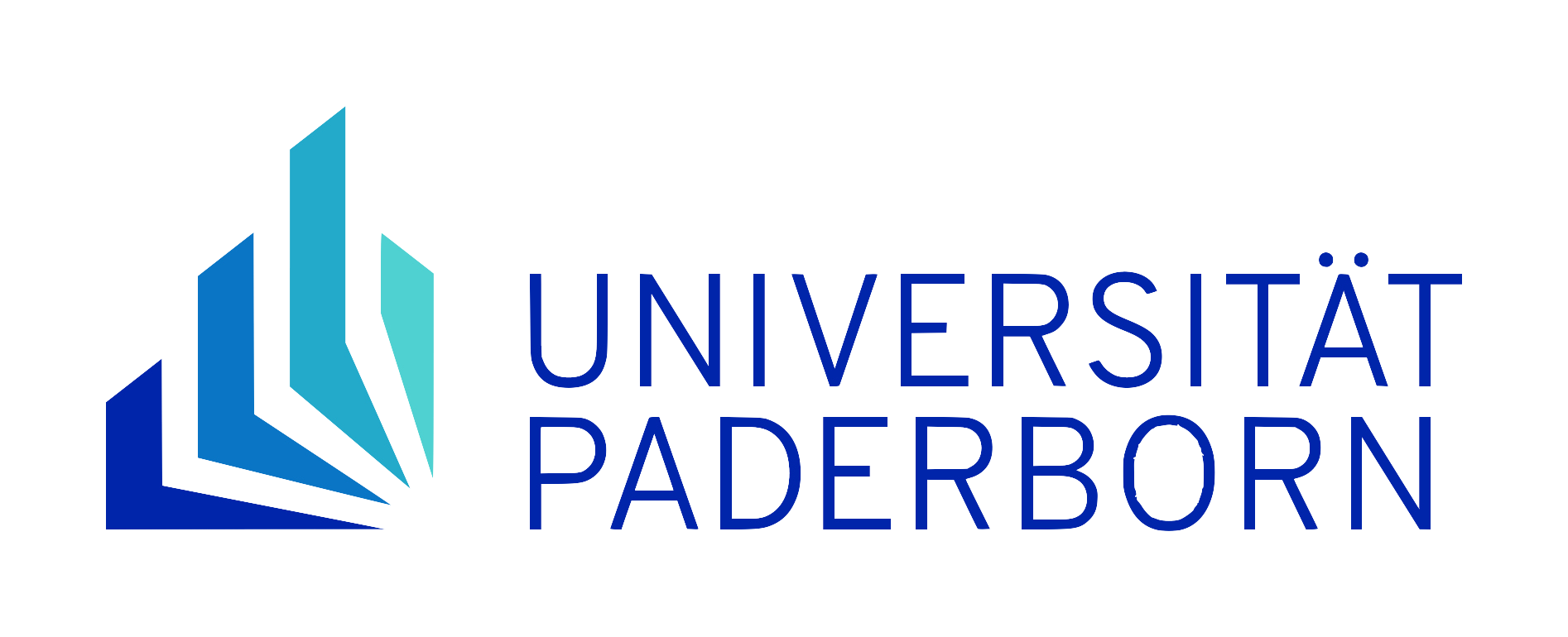Machiavelli, Niccolò di Bernardo dei
Back
Image source
Digitaler Portraitindex
https://www.portraitindex.de/documents/obj/33011784
Documents
Biographical information from Henze-Digital
No additional biographical data recorded





